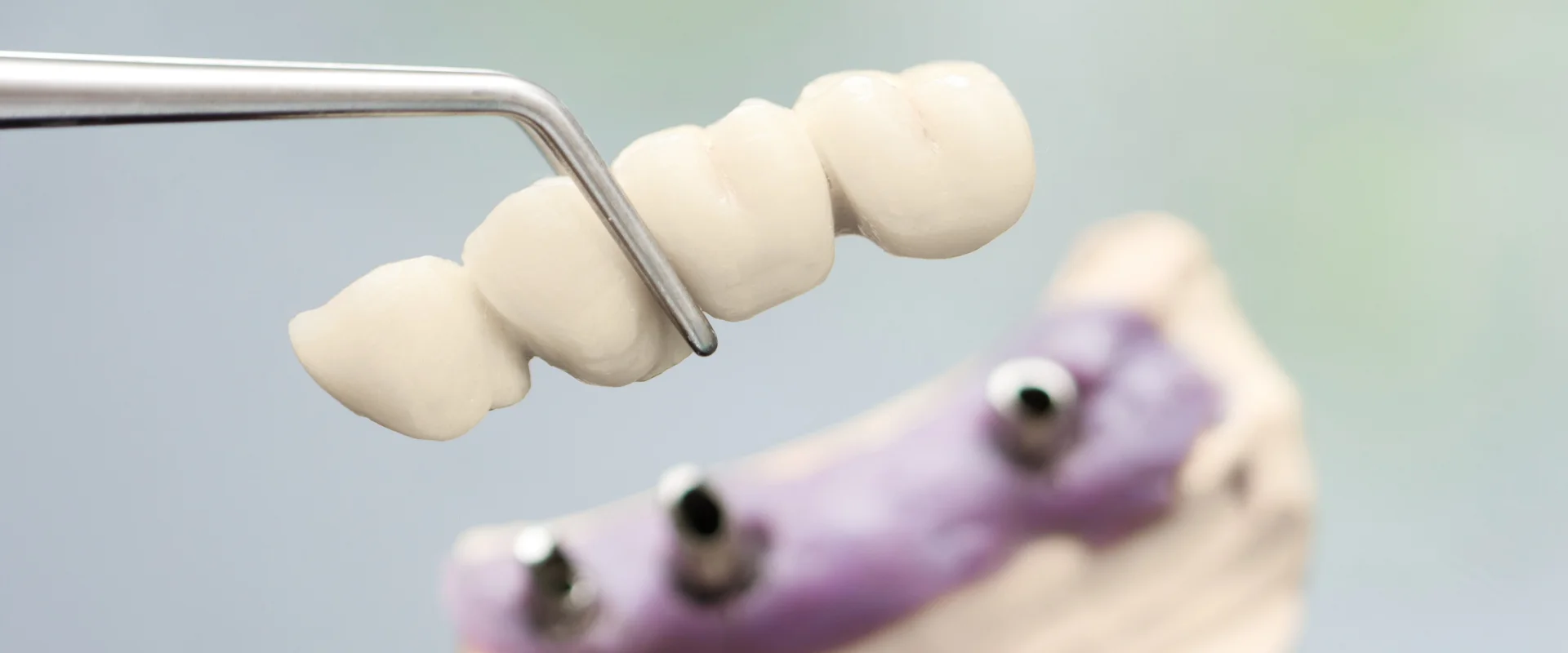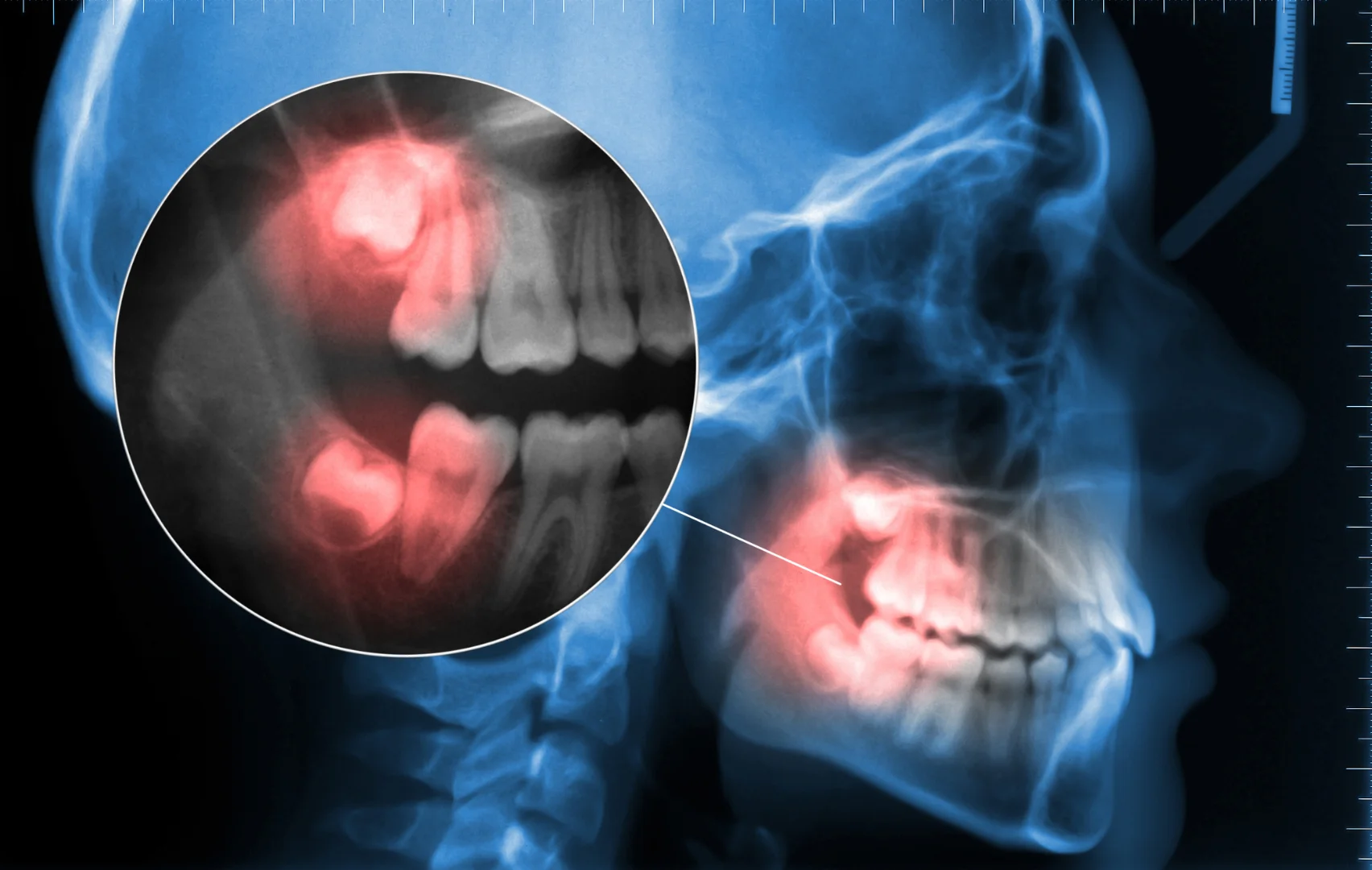Though the word may sound unfamiliar, apicoectomy is actually a very common procedure, and if you’ve had a root canal, you may have had an apicoectomy as well. So what exactly is an apicoectomy, and why is it used? An apicoectomy is a dental procedure and a type of apical surgery, classified as a form of endodontic surgery. The apicoectomy procedure is a minor surgical operation performed to address persistent infection or inflammation at the root tip, especially when a previous root canal treatment has not fully resolved the issue.
The Structure of Your Teeth
Common known, teeth are connected to the jawbone by roots. Most teeth have one root, but larger teeth, like molars and premolars, have two or more. The end of each root (otherwise known as the apex) is the canal through which nerves and blood vessels funnel into the pulp of the tooth. If there is an infection of the canal tissue or the pulp, a root canal treatment is needed. Endodontic treatment is performed to address infection in the bony area and underlying bone surrounding the root tip. Your dentist will use a file to clean the infected tissue from these canals. Due to the complex nature of the canals, with many smaller parts branching off, it isn’t uncommon for a small piece of infected tissue to be left behind. Sometimes, if infection persists or there is existing infection in the underlying bone, the remaining infected tissue can prevent healing or cause another infection in the future. This is where the apicoectomy comes in, as the procedure aims to remove damaged tissue to help the area heal.
Root Canal Treatment and Apicoectomy
A root canal procedure is typically the first line of defense when a tooth’s pulp becomes infected or inflamed. During this treatment, an endodontist removes the infected tissue from inside the root canals, cleans the area, and seals it to prevent further infection. However, in some cases, even after a thorough root canal treatment, infection or inflammation can persist at the root tip. When this happens, a minor surgical procedure called an apicoectomy—also known as root end resection or root end surgery—may be recommended.
An apicoectomy targets the very end of the root, where lingering infected tissue can cause ongoing issues in the surrounding bone and gum tissue. By removing the root tip and sealing the end of the root, the endodontist can eliminate the source of infection and inflammation, helping to preserve your natural tooth. This procedure is especially valuable when a second root canal is not advisable or has already been attempted. Ultimately, both root canal procedures and apicoectomy share the same goal: to save your natural tooth and restore health to the affected area.
Indications for an Apicoectomy
An apicoectomy is done on a microscopic scale, and thus requires an experienced oral surgeon with advanced training. The purpose of the surgery is to remove the tip, or apex, of the root and seal off the canal. This makes it impossible for the infection to travel back through the canal again. The surgery is initiated when the previous root canal has failed, resulting in re-infection, or when your dentist doesn’t want to weaken the crown of your tooth with a secondary root canal. Failure of previous dental procedures may necessitate the removal of damaged tissue through an apicoectomy to preserve the tooth and prevent further complications. Apicoectomies can also be performed to diagnose persistent tooth issues with unknown causes. By examining the entire root of the tooth, your dentist can identify the problem. If you have other damage to the surface of the root or bone surrounding the tooth, your dentist may want to perform the surgery. If the apicoectomy is not performed, the alternative may be the removal of the tooth, which could require restorative dental procedures such as implants or bridges.
How Root End Surgery (Apicoectomy) Is Performed
The endodontist opens the gum tissue to access the root tip. The oral surgeon will use a tool to make a tiny incision in your gum. Local anesthetics are administered to keep the procedure comfortable and minimize any painful sensations. They will then lift your gum up and away from the tooth, and may use a drill to access the root. Using a dental microscope and an ultrasonic light, the surgeon will remove the rest of the infected tissue and clean and seal off the remainder of the root’s canal. A small filling is placed at the end of the root to seal the canal. An x ray is taken to ensure the area is properly treated before closing the gum. Afterwards, the gum tissue will be stitched back into place. Anpicoectomies usually only take 30-90 minutes, depending on the complexity of your root canals. Aftercare entails the same procedures as with any oral surgery, being careful not to brush hard, eating soft foods, and taking OTC pain medication. Most patients return to normal activities quickly after the procedure.
Nerve damage is a rare but possible risk of this procedure, and if the tooth cannot be saved, a removable partial denture may be considered as a replacement option.
Contact us for any other questions regarding this at Solace Oral Surgery, (615) 320-1392
Recovery and Normal Activities
Recovery after an apicoectomy is usually straightforward, allowing most patients to return to their normal activities as soon as the next day. It’s common to experience some mild discomfort, swelling, or minor bleeding in the first few days following the procedure. Your dentist may recommend anti-inflammatory medications to help manage pain and reduce inflammation, and may also prescribe antibiotics to prevent any potential infection.
To support healing, you’ll be advised to avoid eating or drinking while the area is still numb, rest with your head elevated, and gently rinse your mouth with warm salt water. A few stitches are often placed to secure the gum tissue, and these typically dissolve on their own within a week. As the bone heals around the root, the surrounding tissues gradually return to normal, and any discomfort should subside. By following your dentist’s post-operative instructions, you can help ensure a smooth recovery and a successful outcome.
Success Rate and Outcome
Apicoectomy is known for its high success rate, making it a reliable option for saving a tooth that has not fully healed after root canal treatment. According to the American Association of Endodontists, the procedure boasts a success rate of approximately 97%, with most patients enjoying long-term relief and preservation of their natural tooth. The outcome of an apicoectomy depends on several factors, including the complexity of the root structure, the extent of the infection, and the patient’s overall health.
With proper care and regular long-term follow-up, most patients experience significant improvement, and the affected tooth remains healthy and functional for many years. Endodontists monitor the healing process to ensure the root tip and surrounding tissues remain free of infection or inflammation. By choosing an apicoectomy when recommended, you are taking an important step toward maintaining your natural teeth and overall oral health.



